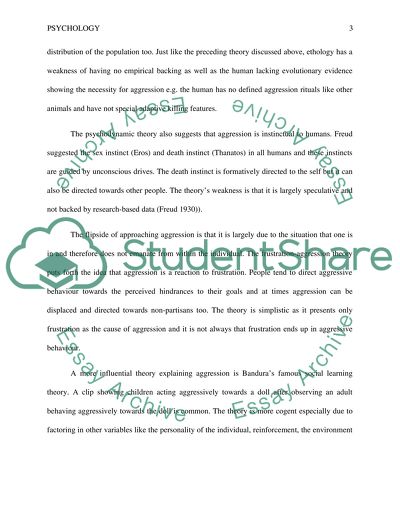Cite this document
(“Aggressive behaviour as a result of dispositional and situational Essay”, n.d.)
Aggressive behaviour as a result of dispositional and situational Essay. Retrieved from https://studentshare.org/psychology/1451366-aggressive-behaviour-as-a-result-of-dispositional-and-situational-factors
Aggressive behaviour as a result of dispositional and situational Essay. Retrieved from https://studentshare.org/psychology/1451366-aggressive-behaviour-as-a-result-of-dispositional-and-situational-factors
(Aggressive Behaviour As a Result of Dispositional and Situational Essay)
Aggressive Behaviour As a Result of Dispositional and Situational Essay. https://studentshare.org/psychology/1451366-aggressive-behaviour-as-a-result-of-dispositional-and-situational-factors.
Aggressive Behaviour As a Result of Dispositional and Situational Essay. https://studentshare.org/psychology/1451366-aggressive-behaviour-as-a-result-of-dispositional-and-situational-factors.
“Aggressive Behaviour As a Result of Dispositional and Situational Essay”, n.d. https://studentshare.org/psychology/1451366-aggressive-behaviour-as-a-result-of-dispositional-and-situational-factors.


